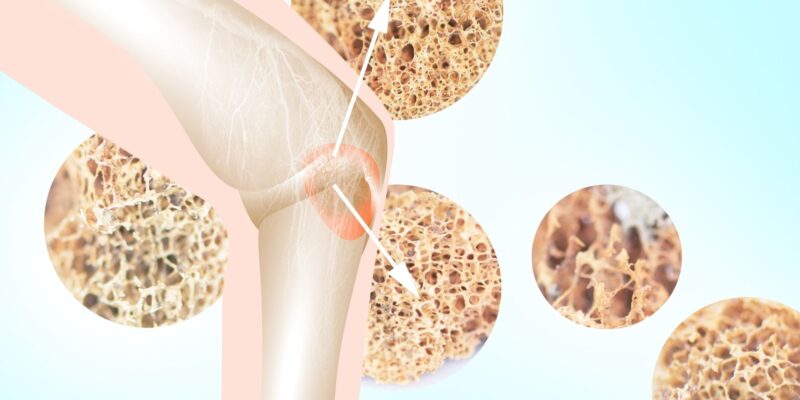
Bone tumors in Childhood
The incidence of tumors in childhood is increasing day by day. These tumors may be detected incidentally during examinations and tests performed for other reasons, but they sometimes occur as a pain, swelling on an extremity and even a pathological…

Diagnosis and treatment of Spina Bifida Disease
Congenital anomalies of the spine and sometimes of the spinal cord, which develop as a result of the incomplete closing of the tube or canal-like structure forming the spinal cord in the back part of the fetus during its development…
About Ulzibat Method
Recently, we have needed to make this statement upon the intensive questions coming from our patients. Muscle release surgeries have been performed for many years and are successful in the correctly selected cases. For this purpose, many surgical techniques have…
Physical Therapy and Rehabilitation
Physical adaptation service within the Ortopediatri Pediatric Orthopedic Academy prepares the rehabilitation protocols for the families and physiotherapists of our children in the early postoperative period. The aim of this service is to prevent long-term immobilization after the surgery and…
Congenital Arm Paralysis – Brachial Palsy
The brachial palsy is defined as a muscle weakness or paralysis of different severity degrees, which develops in the arm, forearm and hand on the respective side during dystocia, due to the stretching in the nerve structures starting from neck…
Childhood Forearm Fractures
These fractures are among the most common fractures during childhood and often develop as a result of falling from a high place onto the hand. In some cases, it presents as an incomplete (partial) fracture (greenstick fracture) which can be…
Nursemaid’s Elbow (Pulled Elbow)
The nursemaid’s elbow is a condition where one of the forearm bones (radius) is dislocated from the region where it is articulated with the arm bone and the other forearm bone (ulna). The most common reason is that the person…
Brittle Bone Disease (Osteogenesis Imperfecta)
Brittle bone disease, medically known as Osteogenesis Imperfecta, is a rare condition caused by a genetic disorder that directly affects the lives of individuals. Research shows that this disease affects one in every 15,000 to 20,000 live births. Individuals with…
Hip Problems in Children with Cerebral Palsy
In cerebral palsy, subluxation and dislocation of the hip, or hip calcification may be encountered due to the unbalanced activities around the hip joint and both the curvatures in the pelvis and the curvatures in the spine. The worse the…
Congenital Femoral Deficiency– Proximal Femoral Deficiency
Congenital shortening of the femur is caused by a malformation in the formation of this bone in the womb. Several involvements of different severity may be exhibited such as the absence of the hip joint, developmental retardation of the bones…

